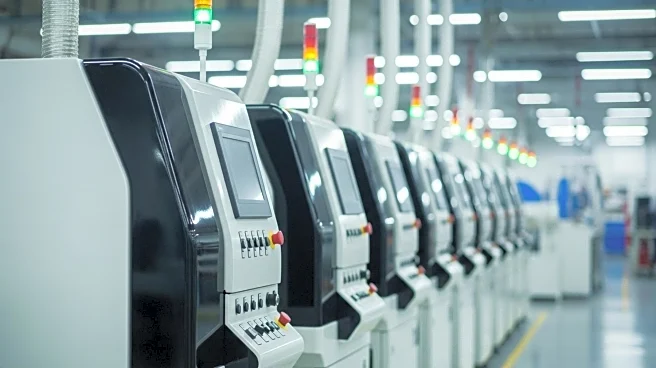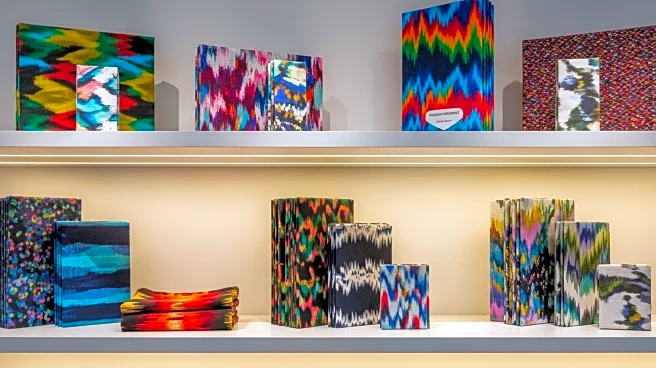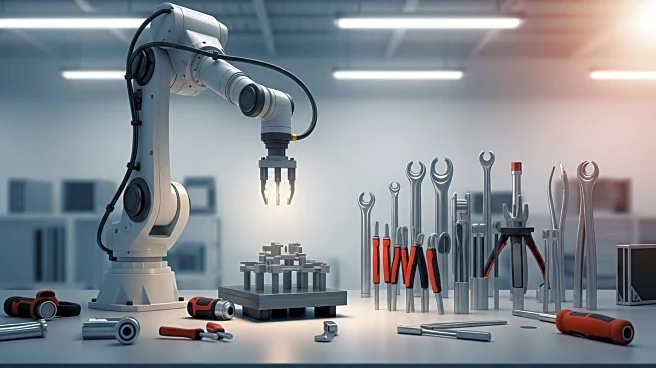What's Happening?
Time magazine has named the Microbiota-Directed Complementary Food (MDCF-2) as one of the Best Inventions of 2025 in the Social Impact category. Developed by the International Centre for Diarrhoeal Disease Research, Bangladesh (icddr,b) and Washington University in St Louis, MDCF-2 is designed to repair gut microbiomes and treat malnutrition in children. The food formulation includes chickpea flour, soybean flour, peanut flour, and green banana, aimed at nourishing beneficial gut bacteria. Supported by the Bill & Melinda Gates Foundation, MDCF-2 has shown promising results in improving growth and immune recovery among undernourished children, with studies underway in several countries.
Why It's Important?
The recognition of MDCF-2 underscores the critical role of innovative solutions in addressing global health challenges like malnutrition. With undernutrition contributing to nearly half of all under-five deaths, this invention offers hope for improving child survival and development. The collaboration between icddr,b and Washington University highlights the power of combining local expertise with advanced research to create affordable, effective interventions. The success of MDCF-2 could inspire similar initiatives worldwide, potentially reducing the global burden of malnutrition.
What's Next?
The next steps involve scaling up the distribution of MDCF-2 to larger populations in regions where acute malnutrition is prevalent. This will require coordinated efforts among governments, NGOs, and international organizations to ensure accessibility and affordability. Continued research and monitoring will be essential to assess the long-term impact of MDCF-2 on child health outcomes.
Beyond the Headlines
The development of MDCF-2 reflects broader trends in global health innovation, emphasizing the importance of microbiome research in treating malnutrition. It also highlights the ethical imperative to provide equitable access to life-saving interventions, particularly in low-resource settings. The success of MDCF-2 could lead to increased investment in similar projects, fostering a culture of scientific collaboration and social responsibility.











